Sewing
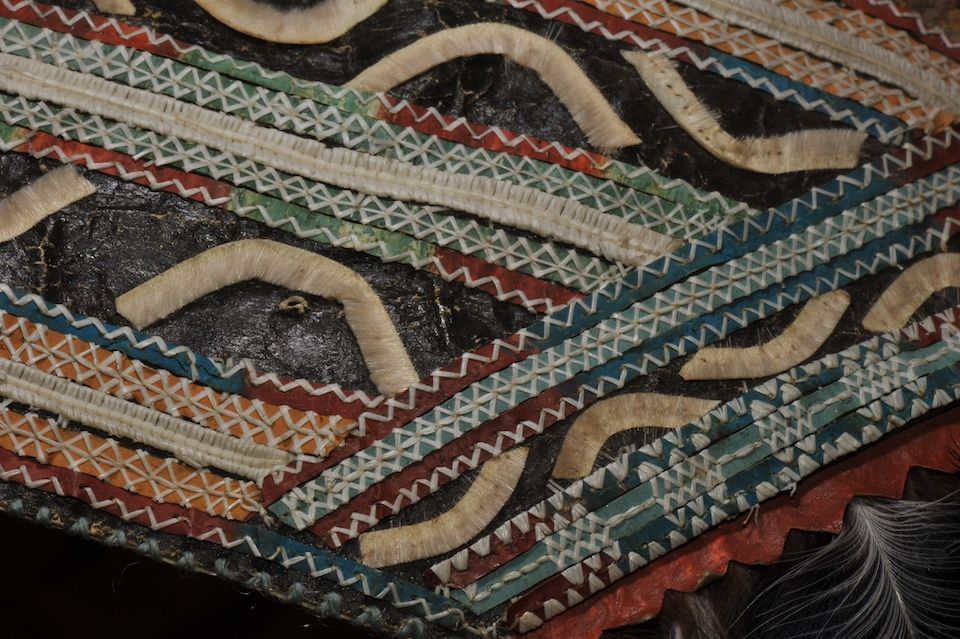
Embroidered design on historic Alutiiq garment, Etholén Collection, National Museum of Finland.
If you were an eighteenth-century Alutiiq person, your wardrobe would contain a set of garments stitched from bird, fish, and animal skins including sea otter, seal, caribou, and ground squirrel. For daily activities, you would wear a long, loose-fitting, hoodless robe and a soft undergarment stitched from the skin of a baby seal. Your outdoor clothing would include a waterproof rain jacket made of bear or sea mammal intestine, some socks woven from beach grass, a pair of knee-length boots, and perhaps some bearskin mittens. And, if you were fortunate, you would own an elaborately decorated parka for special occasions.
All of these garments were expertly crafted. Women spent countless hours working by the light of fires and oil lamps to turn natural materials into warm, durable, beautifully decorated clothing. Alutiiq garments were more than attire. They were pieces of artwork that expressed the identity of their owner and talismans that demonstrated the close spiritual connections between people and animals.
Stitching Techniques
-
<
Produced with support from GCI.
Atkuk — Parka

Participants in the Atkuk Workshop share their creations, February, 2024.
The snow falling parka is an iconic piece of Kodiak Alutiiq clothing. For hundreds of years, Alutiiq people have worn black garments, decorated with red bands and tufts of white fur. Now you can learn to make a fabric version with these video tutorials and written instructions
Produced with support from the Tangirnaq Native Village and the US Bureau of Indian Affairs.
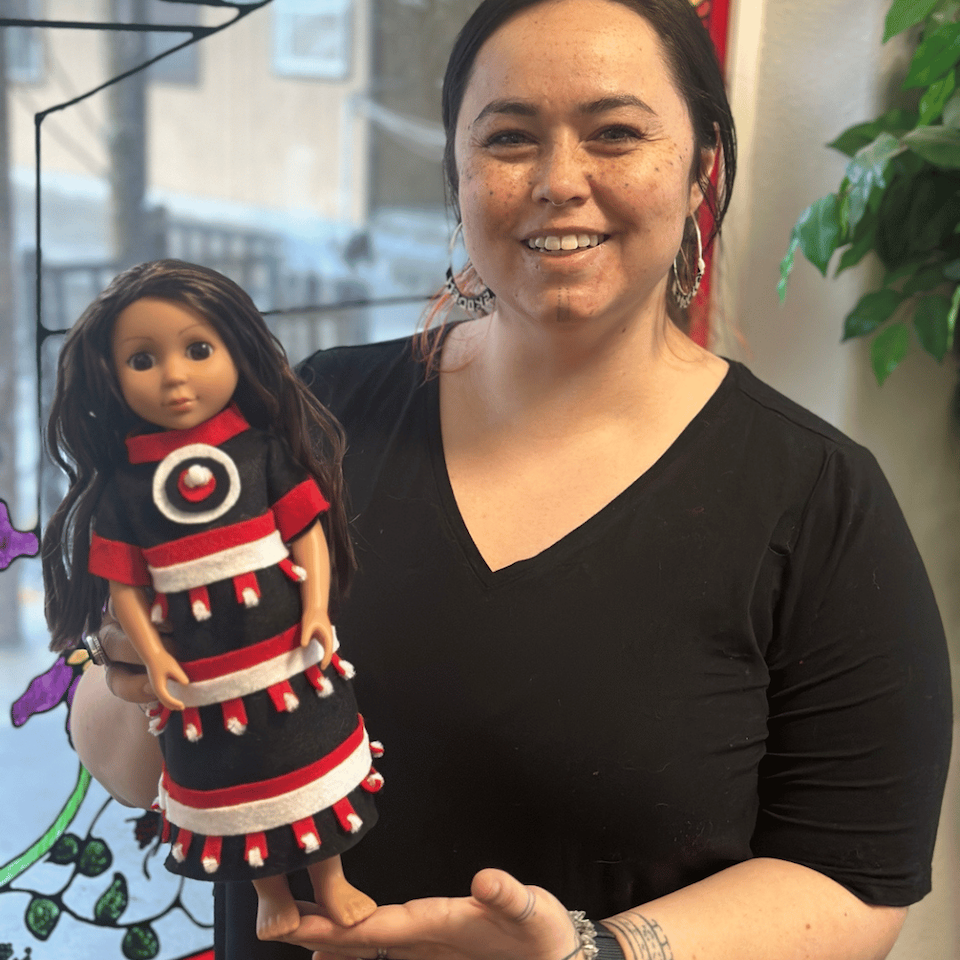
Alutiiq Doll Parka
Outfit your child’s doll with an Alutiiq parka. This activity uses felt, thread, pipe cleaners, and a plastic bead to create a parka that fits a Glitter Girls doll. It can be adapted for other dolls. Developed by Hanna Agasuuq Sholl with support from the Munartet project and the Alaska State Council on the Arts.
Making a Caribou Skin Parka
In 2012, five Alutiiq skin sewers traveled to the National Museum of Finland to study ancestral Alutiiq clothing collected in the 1840s. Their research focused on a caribou skin parka. They returned home and worked with Kodiak students to build a garment inspired by a historic piece.
-
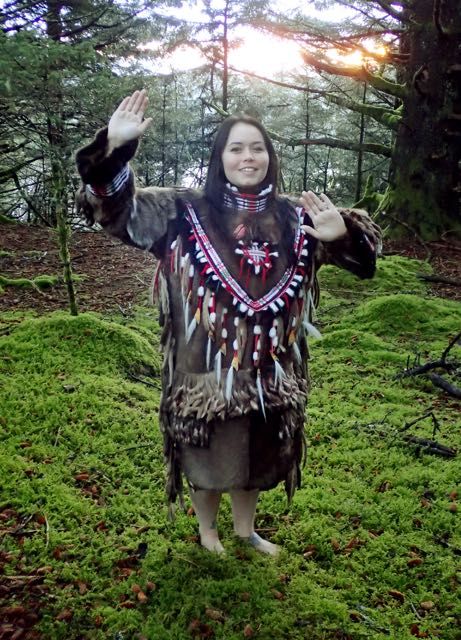
The Parka
By Susan Malutin, Cathy Cordry, Marya Halvorsen, Hanna Sholl, and Teri Schneider, 2014
Made from caribou, sea otter, river otter, and ermine skins, caribou rawhide, caribou hair, bear gut, wool cloth, embroidery floss, goal hair, replica puffin beaks, synthetic sinew, acrylic pain, and dye.
-
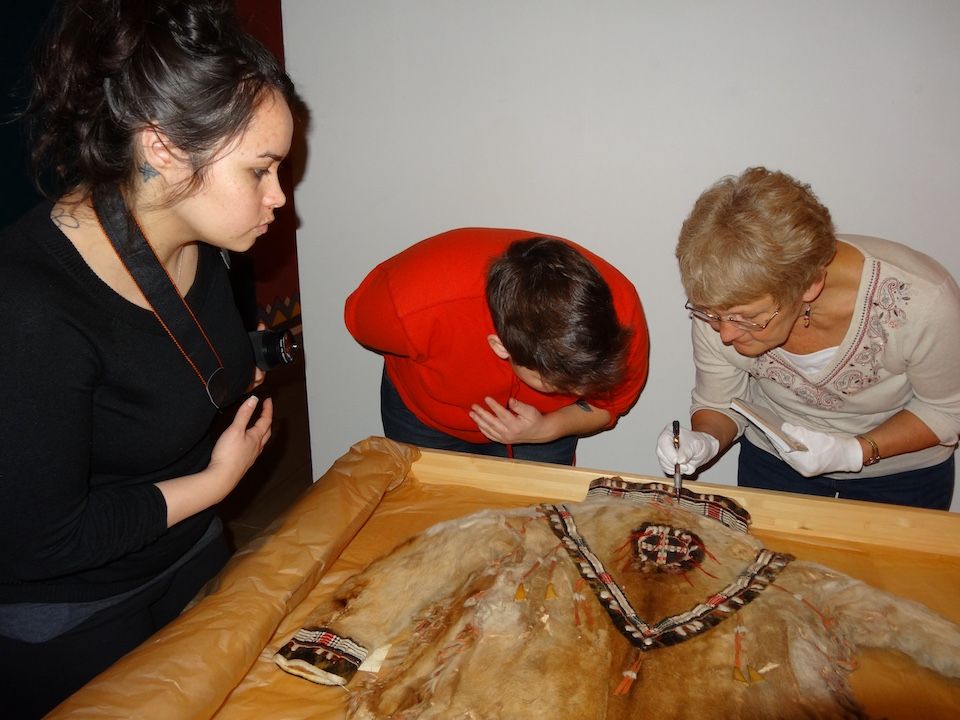
Inspiration
Careful examination, detailed notes, and photographs helped the sewers document the parka so they could return to Kodiak and create a similar garment with the help of community members.
-
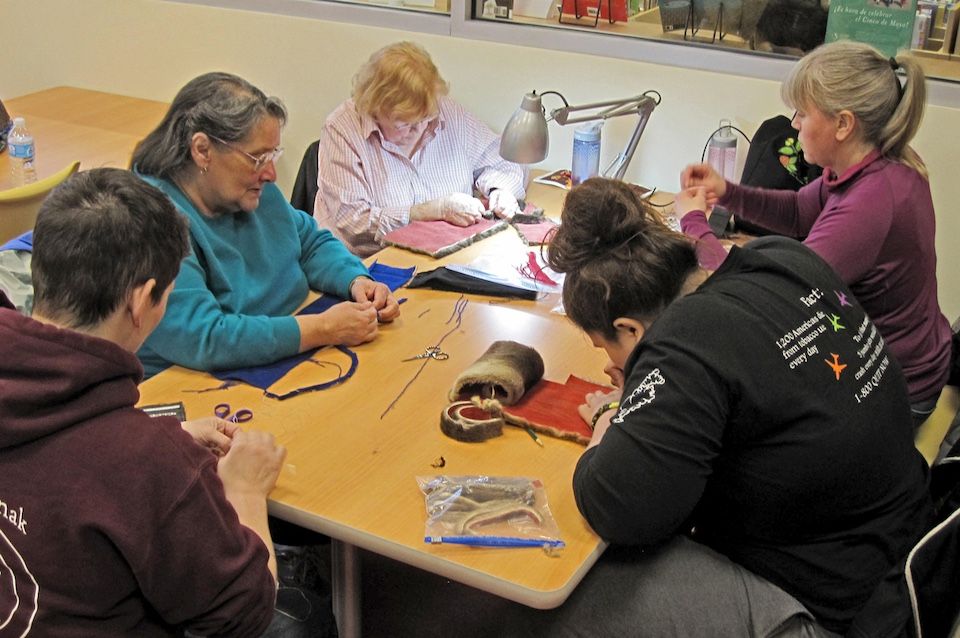
Connection
The sewer felt a strong connection to their teacher, the lady who created the ancestral parka.
“I want it to be a job that we can look back on and say that we did the best that we could, with the knowledge that we had, and know that if she were to see it, that it would be something that she would be happy with.”
–Susan Malutin, Project Leader
-
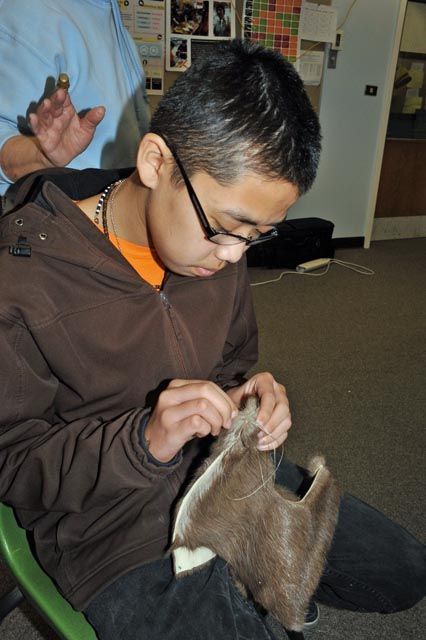
Many Hands
It took two years to make a new caribou skin parka and more than 50 people helped. The sewers visited five village schools where students learned to sew and then stitched part of the parka. Each student signed the inside. In Kodiak, community volunteers and interns Sadie Coyle and Samantha Heglin, joined the sewing team. They helped to make many intricate decorations for the parka.
-
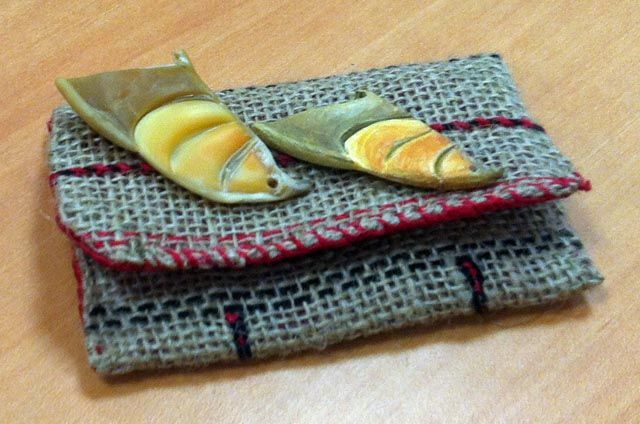
Materials
Alutiiq garments are decorated to show respect for the animals that support human life. Embroidery, applique, and tassels are common types of decoration, Parkas may also include tufts of animal hair, human hair, and puffin beaks. This parka has faux puffin beaks created with a 3-D printer at Kodiak High School. After printing, they were painted to resemble puffin beaks.
Quyanaa—Thank you to project:
Institute of Museum and Library Services, National Museum of Finland, Fulford Family, Kodiak Island Borough School District, Port Lions Tribal Council, Larsen Bay Tribal Council, Kodiak Island Housing Authority, Dr. Gordon Pullar, and Native Village of Afognak.
